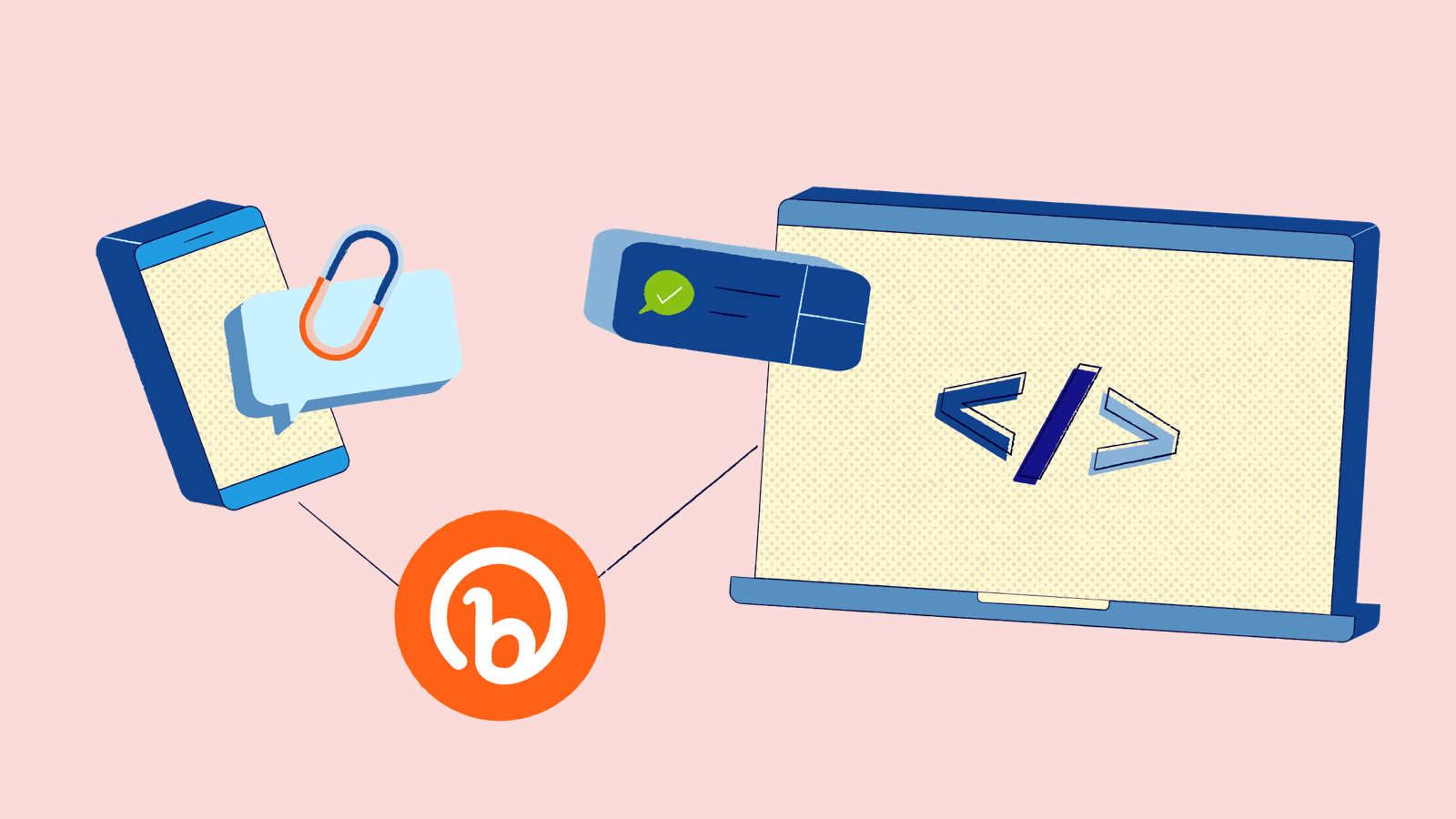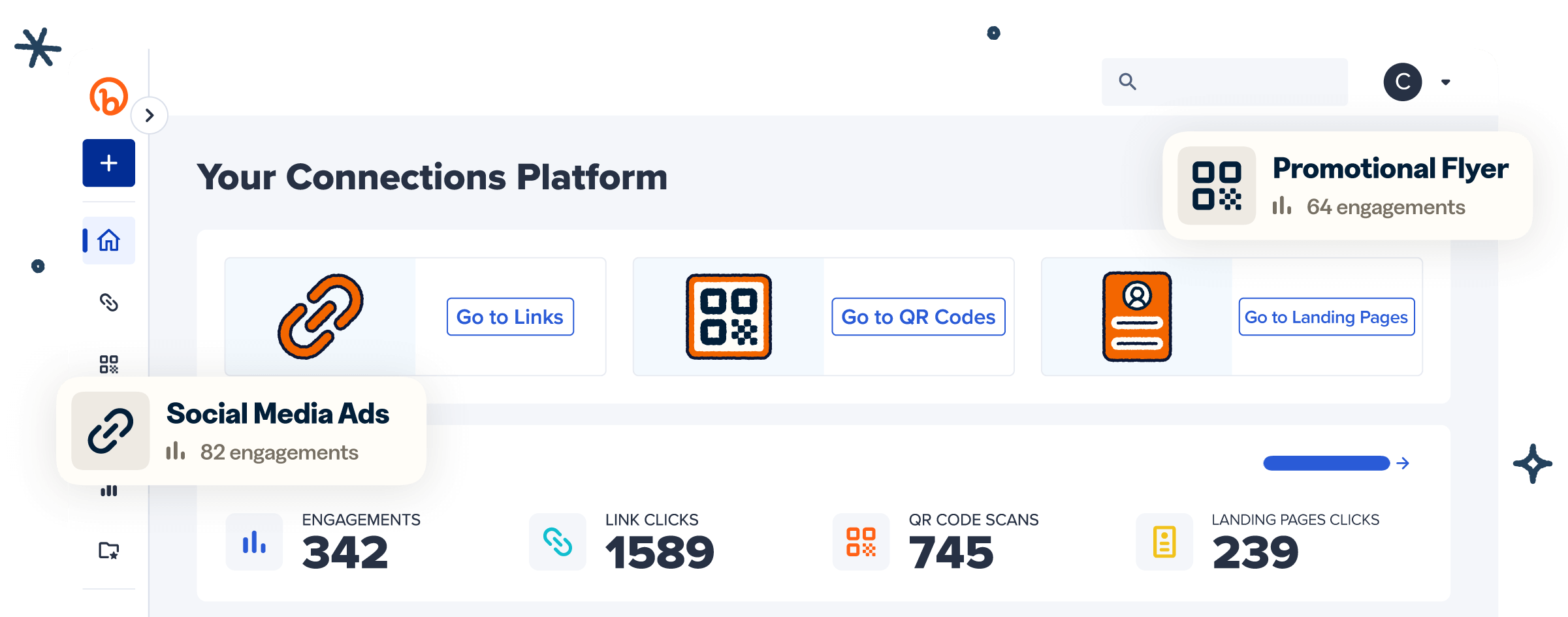In modern digital environments, real-time data syncing and automation are more critical than ever before. Systems need to communicate with various web applications for streamlined processes and workflows. However, integrating software applications to communicate efficiently can take substantial time and effort. Webhooks help simplify the process.
With webhooks, mobile developers, project managers, or marketers can easily share information between systems and apps. But what exactly are webhooks, and how can they benefit your daily operations? This article explores how webhooks work and their significance in today’s digital world.
What are webhooks?
Webhooks allow one app to share information about events with another and are a lightweight solution to your real-time data needs. They’re HTTP-based callbacks that support communication between application programming interfaces (APIs).
Simply put, webhooks are how e-commerce systems communicate with payment applications and how payment apps send notifications to customer accounts.
Compared to polling, which uses a pull method of communication, webhooks push data from a source system (known as a server app) to a destination or client app. In addition, webhook requests are made only when new data (the payload) is available, unlike in polling, where the client app needs to make calls to the server app to determine if there’s any new information to pull into the client app.
Webhooks allow the client to provide the server with a unique URL that specifies which event it wants information about. With the webhook set up, the server automatically sends payload information to the client when an event is triggered.
For example, a webhook can be set up to send order details (payload) from an e-commerce site (the server) to a payment app (the client) whenever a new order is placed.
With Bitly, you can create a webhook by specifying your endpoint URL. We’ll send your app data about your links as events occur, including the date and time of the interaction, bitlinkID, long URL, and the country where the customer interacted from.
Top benefits of using webhooks
Now that you know what webhooks are and how they differ from other data transfer methods, how can they be used to simplify operations? The following are the top benefits of using webhooks.
Real-time data transfer
Unlike traditional methods like file transfers and APIs, webhooks provide real-time data transfer. When a designated event occurs in the server application, client applications are immediately notified, reducing the response time.
With immediate data transfer, there’s no need for manual calls to server apps, as webhooks ensure the right information is sent to the client destination.
Efficiency
Automating processes with webhooks reduces the load on servers and minimizes the lag time associated with data fetching. You also don’t need to manually enter data, reducing the risk of human error.
Since webhooks push information as soon as an event is triggered, they eliminate the waiting time for receiving data, increasing the data transfer processes’s effectiveness.
User experience
Having data automatically pushed to client apps improves the user experience and helps streamline operations. Webhooks ensure that users get important information and updates as soon as they’re available. This is particularly helpful for systems that rely on timely data, like collaborative tools or financial services.
Flexibility
You can set up webhooks to capture numerous unique events in the server and trigger a wide variety of specific actions in the client app, making them highly adaptable and customizable. In an e-commerce context, businesses can design webhooks to push new order data to a payment app, a fulfillment system, or even Slack.
How do webhooks work?
Webhooks work in a request-response cycle. First, you configure the webhook in the server app while specifying the webhook URL to which you want notifications to be sent and the specific event that should trigger it. You should also configure the client system on the action to take once it receives the new payload data.
Then, data is sent as XML or JSON payload, which includes info about the activity that occurred in the server system. For example, it could be a form submission, new user registration, or a transaction. Once the client application receives the data, it processes the payload and sends it to the receiving system as an HTTP post request.
The application then gets the message and activates a predefined response depending on its content.
What can you do with webhooks?
You can use webhooks for a lot! For example, you can create webhooks to notify your support team when new leads come in through the server system. You can also use webhooks in:
- Automating workflows in CRM system. You can set up webhooks to share automated emails based on a user’s action or escalate issues to customer support for other user actions.
- Creating instant notifications for your e-commerce platform. You can use webhooks to manage inventory, update the status of a new order, or track shipments.
- Receiving real-time updates. Webhooks can be trigger update notifications to relevant parties.
- Managing your social media platforms. You can use webhooks to perform actions in response to comments or direct messages, creating an instantaneous interaction with followers.
Webhooks are remarkably flexible and customizable for an endless number of use cases. As long as the server app supports webhooks, you can capture relevant events and program responses in your client app.
How to set up a webhook with Bitly
Bitly has a new feature that allows you to create webhooks that send notifications to your external systems immediately after an event occurs in the server system. You can also receive alerts when someone clicks a link or Link-in-bio or a QR Code is scanned.
With Bitly webhooks, your data syncs wherever you need it in real time. You’ll need an endpoint URL—located in the application’s settings—which notifies the server where to send click information.
Here’s a step-by-step guide for configuring a webhook with Bitly:
1. Log in to your Bitly account.
2. Click Settings in the left sidebar.
3. Scroll the drop-down menu and select Webhooks.
4. Click Add Webhook to input the endpoint information. These include:
- Name: For example, to trigger a notification, you could call it ‘Send notification via CRM’ or ‘Add to BigDatabase’ if you’re adding a record to a database application. Remember to make it as descriptive as possible.
- Endpoint URL: Enter the URL where the payload will be sent, which can be found in the receiving app’s settings.
5. Select the groups your webhook will apply to and the event that will trigger it. Engagement is the only option currently available in Bitly and includes all engagements for your select groups, such as QR Code scans, Link-in-bio clicks, and short link clicks.
6. Check the Activate Immediately box to set your webhook ready.
7. You can also include tags in the webhook event payload by checking the Fetch tags box.
8. If you want to integrate the webhook with an OAuth 2.0-complaint app, add the OAuth URL, Client ID, and Client secret.
9. Click Add Endpoint to display the webhook in the settings tab. You can also deactivate, edit, or delete a webhook using the three-dot menu at the right end of the row.
Essential factors to consider when using webhooks
Webhooks should streamline and simplify your operations for improved performance, but you need to ensure the webhooks you use are set up appropriately. Below are several important factors to consider when using webhooks.
Security concerns
Securing data is essential for maintaining its integrity, trustworthiness, and confidentiality when sharing between applications. While webhooks are an effective tool for sharing information, they can be vulnerable to security risks, especially when not used properly.
For example, a webhook may encounter man-in-the-middle attacks where an unauthorized party gains access to your data by capturing and reading the HTTP request. A hacker may also send forged requests to your webhook endpoint to look like they came from an original source in an attempt to gain access to your systems.
So, how do you ensure your webhooks withstand these vulnerabilities?
- Validate all incoming data: This can be done by attaching signatures to your webhooks and using HTTPS to ensure data is encrypted during transit.
- Keep your secret key secure: The safety of your webhook signing process depends on how secure your secret key is. Remember to keep it safe and out of the client’s sight.
- Track the activity of your webhook: Monitor the webhooks your systems send or receive to help you identify suspicious activities.
- Whitelist IP addresses: Specify IP addresses that can send webhooks to your application and limit access to outside IPs.
- Use authentication tokens: API keys, basic, and bearer authentication can ensure data is coming in from trusted servers.
- Add timestamps to your messages: Tagging your messages with timestamps helps prevent replay attacks.
With these essential safeguards in place, you can keep sensitive data secure and prevent costly and time-consuming data breaches.
Error handling and reliability
Creating a reliable webhook should include effective error-handling strategies, like adding back-off techniques that protect your webhooks against unintentional denial-of-service attacks. Setting up retries and effectively managing timeouts helps to ensure webhook calls are successfully processed, even under adverse conditions.
In addition, logging and monitoring webhook activity helps you identify and resolve issues as they occur, increasing its overall reliability. It’s also essential to log the duration of a roundtrip to improve client optimization and internal monitoring.
Implementing webhook idempotency strategies to prevent your webhooks from processing duplicate data is also critical. Consider enforcing unique constraints for event data or leveraging webhook identifiers to avoid duplicated actions from your client system.
Scalability and performance
Like scaling web applications, scaling webhook implementations is important, especially as the user base and data volumes increase. Because webhooks lower the server load, scaling them to achieve better performance while reducing the need for constant polling is important.
Scaling your webhook also allows systems to easily manage large volumes of incoming webhook calls, improving their efficiency. Use queuing systems or webhook services that scale with your needs and balance immediate data processing and system resource management to achieve maximum performance and scalability.
Enhance your workflow efficiency with webhooks
Data syncing and automation are non-negotiable in the digital age–systems must communicate and share data. Webhooks allow you to share critical information in real time, improving the efficiency of your daily operations. Since you can configure webhooks for various actions, the possibilities of this technology are endless.
With Bitly webhooks, you not only have the ability to shorten links at scale using our API, but you can also easily receive notifications when someone engages with your links.
Ready to improve your workflow with Bitly’s webhooks? Get started with Bitly today and experience their convenience and efficiency.


